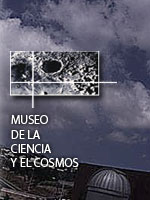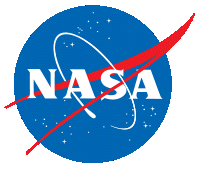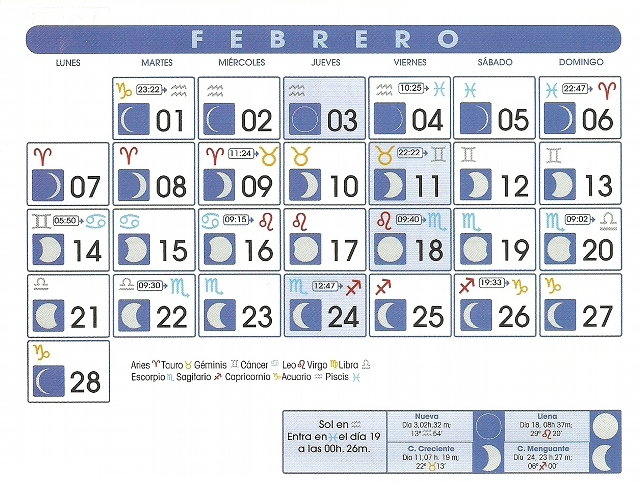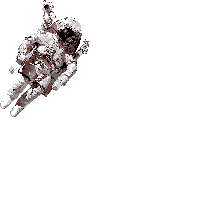Does Our Universe Live Inside a Wormhole?

A long time ago, in a universe much larger than our own, a giant star collapsed. Its implosion crammed so much mass and energy together that it created a wormhole to another universe. And inside this wormhole, our own universe was born. It may seem fantastic, but a theoretical physicist claims that such a scenario could help answer some of the most perplexing questions in cosmology.
A number of facets about our universe don't make sense. One is gravity. Scientists can't construct a mathematical formula that unites gravity with the three other basic forces of nature: the strong and weak nuclear forces and electromagnetism. Another problem is dark energy, the mysterious phenomenon that seems to be expanding our universe at an accelerating rate, even though gravity should be contracting it or at least slowing the expansion.
These conundrums may be a result of stopping the search for the riddle of the cosmos at the big bang, says Nikodem Poplawski of Indiana University in Bloomington. The big bang theory holds that our universe began as a single point—or singularity—about 13.7 billion years ago that has been expanding outward ever since. Perhaps, Poplawski argues, we need to consider that something existed before the big bang that gave rise to it.
Enter the wormhole. According to Poplawski's calculations, the collapse of a giant star in another universe could have created a wormhole, a space-time conduit to another universe. Between these two openings, conditions could have developed that were similar to those we associate with the big bang, and therefore our universe could have formed within the wormhole.
Such a scenario could address the quandaries about gravity and the expanding universe. If another universe existed before our own, gravity could be traced back to a point where it did unite with the nuclear forces and electromagnetism. And if our universe is now expanding toward the other end of the wormhole, this movement—rather than the elusive dark energy—could account for our expanding universe.
The calculations need further refinement, admits Poplawski, who will publish his findings on Lunes in Physics Letters B. For one thing, they need to describe how the wormhole formed in the first place. And don't get any ideas about traveling between the universes, Poplawski adds. The physics of wormholes are similar to the physics of black holes. If you could ever pass through the event horizon of the wormhole to visit the universe on the other side, you could never return. "You will be stuck," he says.
Cosmologist Martin Bojowald of Pennsylvania State University, University Park, won't even go that far. He thinks the way the paper treats the gravitational collapse into a wormhole is a bit "contrived." It would be difficult to imagine the idea has applications "beyond pure theory," he says.
Nevertheless, theorist Eduardo Guendelman of Ben-Gurion University of the Negev in Beersheba, Israel, finds the paper's way of describing the junction of two universes "very instructive." The key question, Guendelman says, is whether the matter necessary to construct the wormhole exists.
(Science AAAS)






.gif)


.gif)



